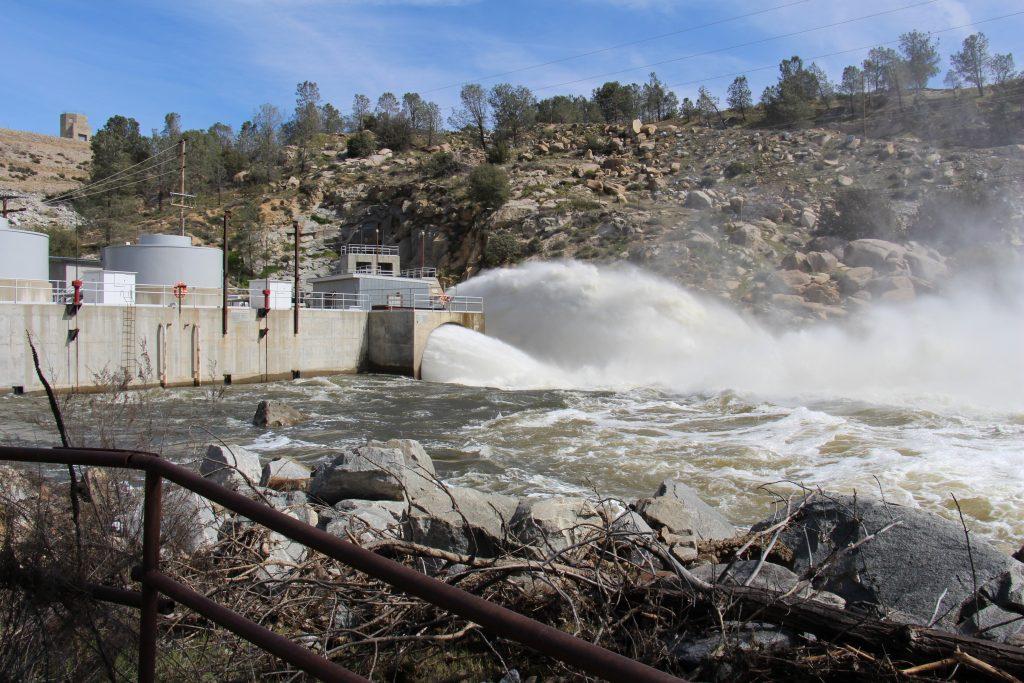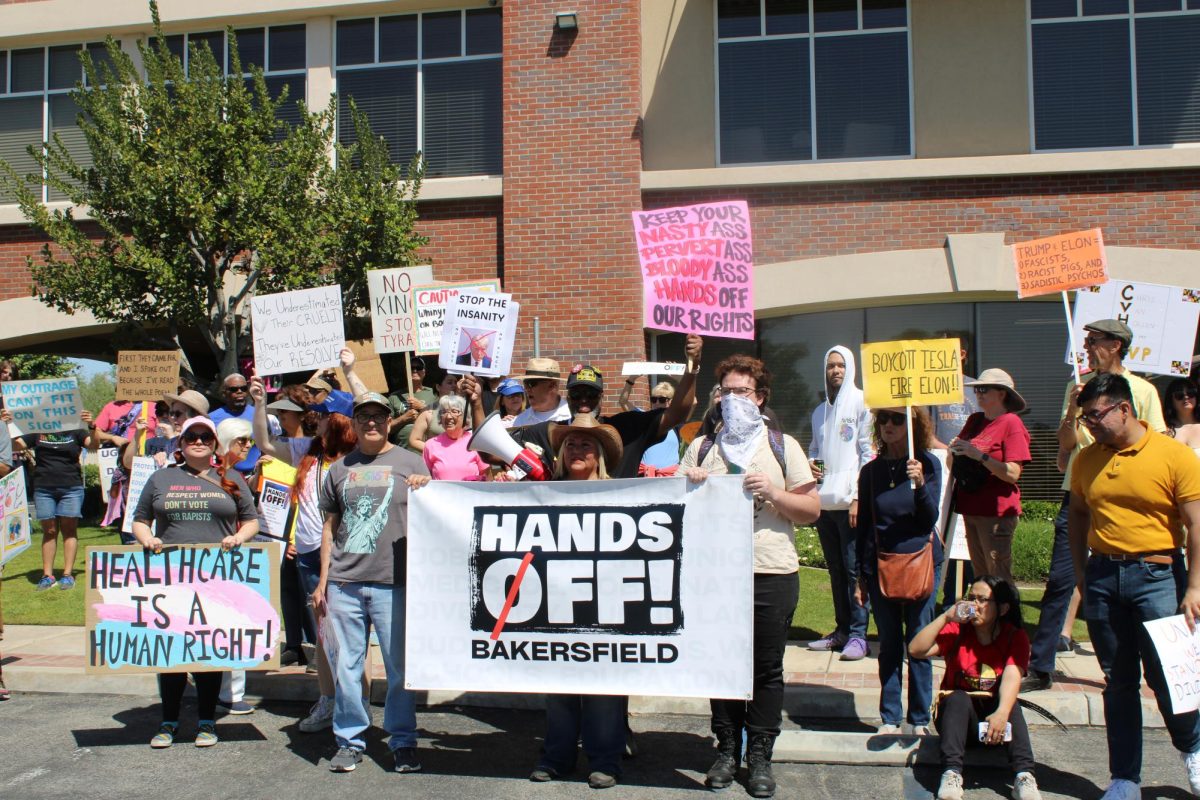Editor-in-Chief
The recent drought led to dry rivers and water restrictions in Bakersfield. However, recently the abundance of rainfall has quenched Bakersfield’s dry land.
With so much rainfall, there are rising concerns about structural damage to the Isabella Dam.
“We are aware of what the risk is, and we are addressing it,” said Richard Brown, public affairs specialist for the U.S. Army Corps of Engineers.
Aside from the structural damages of the auxiliary dam, there is some leakage and seeping of water.
According to Brown, seepage is expected because the dams are made of rock and dirt.
The U.S. Army Corps has identified three key issues that might put both the auxiliary and the main dam at risk: seismic, hydrological and structural issues.
The dam is not expected to break, nor is it at maximum capacity.
According to Brown, the water level that will be considered safe is at 361,250 acre feet.
The water level in the dam is occupying 90 percent of the 361,250 acre feet.
Brown assured that the water level can go over the 361,250 acre feet limit.
However, there was no specific percentage or measurement of how the water level can go over the 361,250 acre feet.
Brown said that they will more than likely be releasing more water to the Kern River to make room for the snow melting from the Sierra Mountains.
Brown could not comment on how much water would come from the melting snow.
In the event that the water level reaches or surpasses the safe level, the U.S. Army Corps will be notified and will start to release water from the dam to maintain a safe water level.
“Releases require human interaction. The Corps and the Watermaster, in accordance with the water control manual and the prevailing conditions, will determine safe release levels in order to manage the flood risk and provide what is needed downstream for agricultural and environmental purposes,” Brown wrote in an email.
There are many different reasons why the Army Corps will decide to release water.
“Water releases are made for a couple different reasons, for irrigation, ecological and hydrological,” said Brown.
The water drained from the dams are released into the Kern River.
Brown said the dam goes through three different inspections.
The engineers conduct a five-year inspection of the core along with hydrologists and environmentalists.
The last five-year inspection was conducted in November 2015. It is the most thorough of the inspections.
The second type of inspection is a yearly inspection also conducted by the core of engineers. The last of which was conducted in November 2016.
The third type of inspections are done by the safety staff working at the dam.
These inspections are done daily as the staff members walk around the dam.
Even though there are inspections in place, the U.S. Army Corps is taking precautions by making renovations to the dams.
One of the renovations beginning this year is building an emergency spillaway between the main dam and the auxiliary dam.
This presents some issues with the neighboring buildings, such as the fire station, forcing the U.S. Army Corps of Engineers will have to relocate the neighboring buildings.
The new spillaway will be about 300 feet wide and would lead into the Kern River.
The relocation of the neighboring buildings and the construction of the spillaway are to begin this year.
The bigger renovations will start in 2018, and will continue until 2022, including adding more material to help reinforce the dams and raising the dam 16 feet.
“Our top priority is for both public safety and everything downstream,” said Brown.

Photo by Devon Halsell/ The Runner







